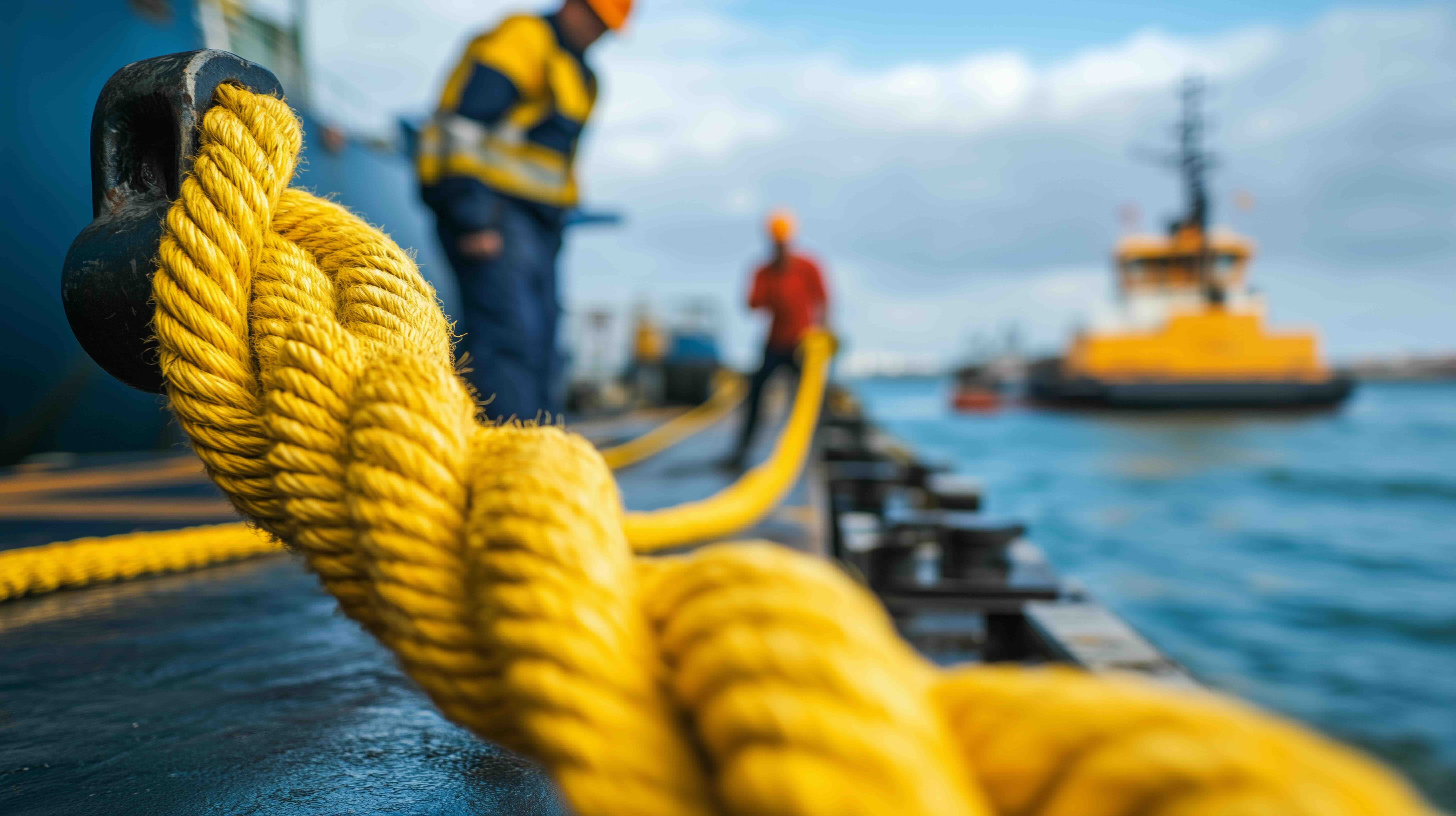The hazards of the maritime industry are as diverse as the ships and cargo that pass through your shipyard on a daily basis. Workers face everything from slip and fall hazards to fire hazards to confined spaces.
As such, your safety approach has to be as multifaceted as the threats your workers face.
One of the best places to start is maritime safety equipment. Here, we’re doing a quick review of the most essential equipment your workers will need on a day-to-day basis.
Protective Clothing, Shoes, and Gloves
Technically, this is three groups of equipment, but your workers will use all of them in tandem.
Personal protective equipment (PPE) clothing is any kind of specially treated clothing designed to protect the wearer from certain environmental hazards, such as heat, cold, or chemical exposure. As such, you need different kinds of protective clothing depending on where you’re working.
The same thing goes for protective gloves. Normal operating gloves are a different animal from chemical gloves or welding gloves, which means that your shipyard should always have enough gloves on hand to address any work task.
Safety shoes are a bit more versatile, though most workers will still need a certain kind of shoe. When working in ships, most of the space is taken up by cargo, so workers will need protective shoes to ensure nothing happens to their feet.
Goggles
You can’t expect workers to keep an eye on their tasks if their eyes are unprotected. The best thing you can do for workplace eye safety is to invest in protective goggles and glasses.
Like protective clothing, the type of eye protection will vary depending on the task. Welding masks are different from protective goggles, as welding masks are specially designed to protect your face from extreme heat, while protective goggles provide general eye protection in most situations.
Welding Shield
If your workers are responsible for welding, a welding shield is a vital investment.
Welding is unusually high-risk because the chance of burns is so high. Workers will need extensive protective gear to form a barrier between them and the heat. The face is a particular concern, since any damage to the face can easily result in disaster (a ruined eye, for example).
All workers who regularly engage in welding should have welding shields fitted to them. They should always have these on hand and should never attempt a welding job without wearing one.
Putting Maritime Safety Equipment to Work
Maritime safety equipment is one of the first protective layers between your workers and the hazards they face. But unless it’s combined with the right safety tools, you won’t see results from your efforts.
That’s where we come in. We know that safety teams face a unique challenge in attempting to bring their safety programs under one umbrella. That’s why we developed maritime EHS software to help you easily meet your biggest challenges head-on.
Ready to change the way your team thinks about safety? If so, let’s talk. Get in touch today to learn more.
Further Reading:
